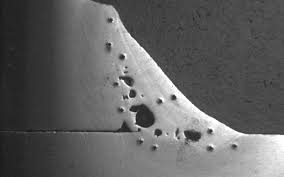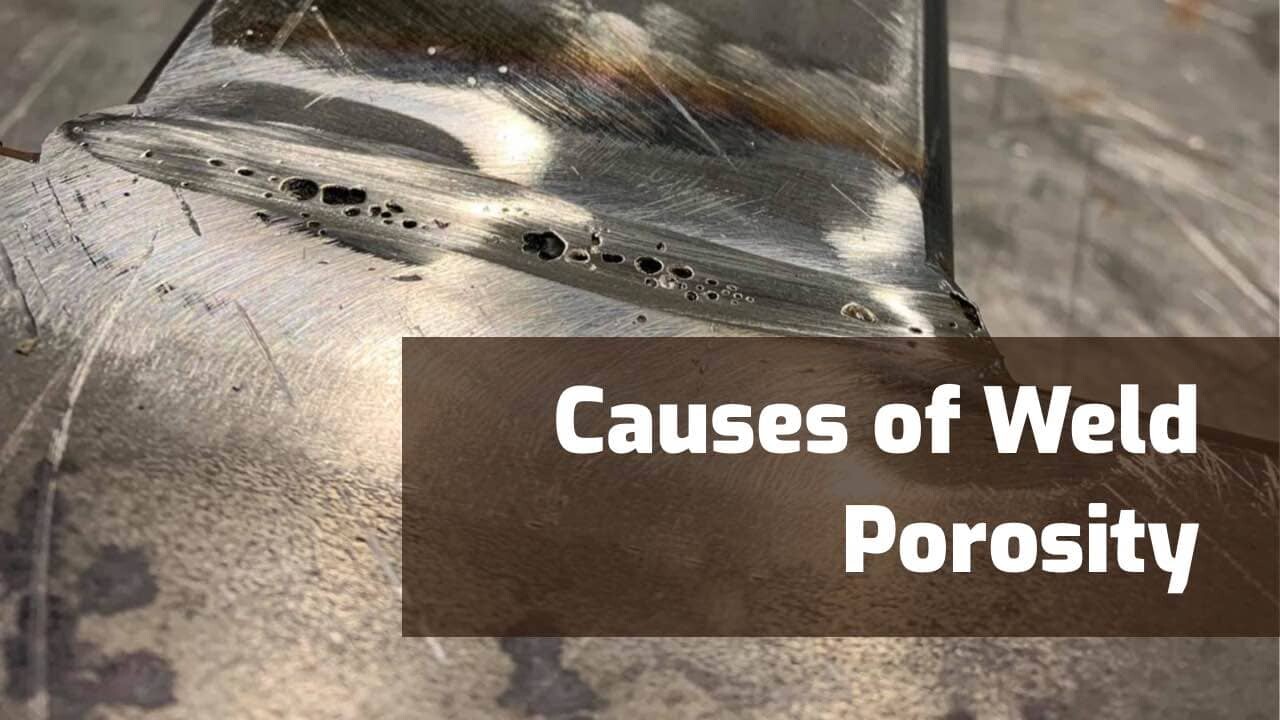What is Porosity in Welding: Common Sources and Effective Treatments
What is Porosity in Welding: Common Sources and Effective Treatments
Blog Article
Porosity in Welding: Identifying Common Issues and Implementing Best Practices for Prevention
Porosity in welding is a pervasive issue that usually goes undetected up until it triggers considerable problems with the integrity of welds. In this discussion, we will check out the key variables adding to porosity formation, examine its harmful effects on weld efficiency, and discuss the best techniques that can be taken on to lessen porosity event in welding procedures.
Typical Reasons For Porosity

Making use of dirty or wet filler materials can present pollutants into the weld, adding to porosity issues. To minimize these common causes of porosity, comprehensive cleansing of base steels, correct protecting gas selection, and adherence to optimal welding criteria are essential practices in achieving top notch, porosity-free welds.
Effect of Porosity on Weld Quality

The presence of porosity in welding can significantly jeopardize the architectural honesty and mechanical residential properties of bonded joints. Porosity creates voids within the weld metal, damaging its overall strength and load-bearing capacity. These spaces act as stress focus points, making the weld more prone to fracturing and failure under used lots. Additionally, porosity can minimize the weld's resistance to corrosion and various other ecological elements, additionally reducing its long life and efficiency.
Among the primary repercussions of porosity is a reduction in the weld's ductility and durability. Welds with high porosity levels often tend to exhibit reduced influence stamina and minimized capability to deform plastically prior to fracturing. This can be especially worrying in applications where the bonded elements are subjected to dynamic or cyclic loading conditions. Porosity can hamper the weld's capacity to properly transfer forces, leading to premature weld failure and possible security dangers in crucial frameworks. What is Porosity.
Ideal Practices for Porosity Avoidance
To enhance the structural integrity and top quality of bonded joints, what specific actions can be applied to minimize the occurrence of porosity throughout the welding process? Porosity avoidance in welding is important to guarantee the integrity and strength of the last weld. One efficient technique is correct cleaning of the base metal, getting rid of any kind of contaminants such as rust, oil, paint, or moisture that might lead to gas entrapment. Guaranteeing that the welding tools is in good problem, with clean consumables and suitable gas flow rates, can likewise significantly lower porosity. In addition, keeping a steady arc and controlling the welding criteria, such as voltage, current, and take a trip rate, aids create a regular weld swimming pool that decreases the risk of gas entrapment. Using the right welding method for the particular product being bonded, such as readjusting the welding angle and weapon setting, can even more stop porosity. Routine assessment of welds and instant removal of any problems identified during the welding procedure are necessary techniques to stop porosity and create high-grade welds.
Importance of Proper Welding Methods
Implementing appropriate welding techniques Discover More is vital in additional reading ensuring the architectural stability and top quality of welded joints, building upon the foundation of efficient porosity prevention procedures. Excessive heat can lead to raised porosity due to the entrapment of gases in the weld swimming pool. Additionally, making use of the proper welding specifications, such as voltage, current, and take a trip rate, is crucial for attaining audio welds with minimal porosity.
Additionally, the choice of welding procedure, whether it be MIG, TIG, or stick welding, ought to line up with the specific demands of the project to make certain optimum outcomes. Proper cleaning and prep work of the base steel, along with selecting the ideal filler product, are additionally important elements of competent welding strategies. By sticking to these best practices, welders can decrease the risk of porosity formation and produce high-grade, structurally sound welds.

Examining and Quality Assurance Procedures
Quality assurance procedures play a vital duty in verifying the integrity and integrity of bonded joints. Testing treatments are necessary to identify and stop porosity in welding, making sure the stamina and durability of the final product. Non-destructive testing methods such as ultrasonic testing, radiographic screening, and visual assessment are generally utilized to identify possible issues like porosity. These strategies allow for the assessment of weld top quality without jeopardizing the honesty of the joint. What is Porosity.
Performing pre-weld and post-weld evaluations is also crucial in preserving top quality control requirements. Pre-weld examinations include check my source verifying the materials, devices settings, and sanitation of the workplace to protect against contamination. Post-weld examinations, on the various other hand, analyze the final weld for any kind of flaws, including porosity, and verify that it meets defined standards. Executing an extensive quality assurance strategy that consists of extensive testing procedures and examinations is critical to decreasing porosity concerns and making certain the total quality of bonded joints.
Conclusion
Finally, porosity in welding can be a common concern that impacts the high quality of welds. By identifying the common root causes of porosity and applying finest practices for avoidance, such as proper welding methods and testing actions, welders can ensure top quality and reliable welds. It is necessary to focus on avoidance approaches to minimize the incident of porosity and keep the honesty of bonded structures.
Report this page